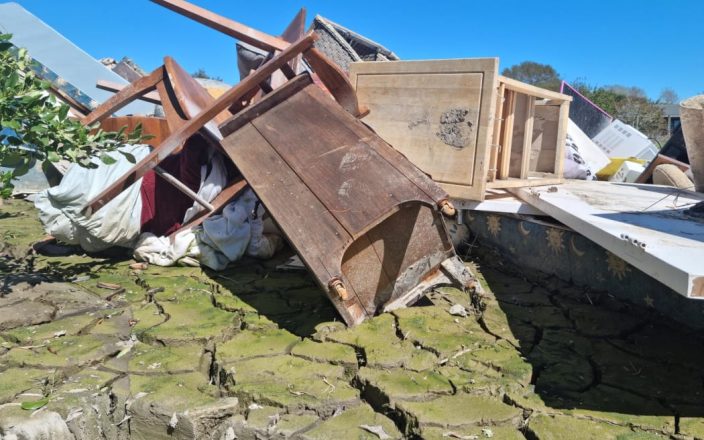Khi cuộc bầu cử của New Zealand đến gần, các đảng chính trị đang phải vật lộn với những thách thức trong việc thành lập một chính phủ ổn định. Hy vọng của các đảng Quốc gia và ACT về việc cùng cai trị đang suy yếu, dẫn đến lo ngại ngày càng tăng về việc đưa New Zealand First vào liên minh.
Các cuộc thăm dò gần đây cho thấy động lực ngày càng tăng của New Zealand First, trong khi sự phổ biến của ACT bị ảnh hưởng. Cuộc thăm dò của National đã giảm xuống dưới mốc 40%, làm giảm ảnh hưởng của họ trong các cuộc đàm phán tiềm năng.
Christopher Luxon, nhà lãnh đạo Quốc gia, đã do dự mở cánh cửa cho mối quan hệ đối tác với Winston Peters của New Zealand First. Sự do dự đã dẫn đến các chiến dịch thúc giục cử tri ủng hộ National và ACT để tránh dựa vào New Zealand First. Lãnh đạo ACT, David Seymour, gần đây đã kêu gọi hỗ trợ, nhấn mạnh sự cần thiết của một chính phủ ổn định. Cựu Thủ tướng Quốc gia Sir John Key cũng bày tỏ lo ngại về kết quả bầu cử không rõ ràng.
Mặc dù đã có những cuộc đụng độ chính sách giữa National và ACT, nhưng họ chia sẻ đủ mục tiêu để thành lập chính phủ nếu họ đạt được con số đó. Mặc dù New Zealand First quan tâm đến việc loại trừ Lao động khỏi quyền lực, việc xây dựng quan hệ đối tác với Luxon và Seymour vẫn là một thách thức.
Tuy nhiên, Peters vẫn lạc quan, nói rằng các đảng sẽ làm việc cùng nhau sau cuộc bầu cử vì lợi ích của quốc gia. Nhưng căng thẳng rõ ràng, đặc biệt là giữa Peters và Seymour, phức tạp hơn bởi các vấn đề như lệnh cấm người mua nước ngoài và tuổi nghỉ hưu.
Thêm vào đó, Peters tìm kiếm sự rõ ràng về kế hoạch thuế của National, phụ thuộc vào việc dỡ bỏ lệnh cấm hiện tại đối với việc mua bất động sản nước ngoài cho những ngôi nhà trên 2 triệu đô la. Đề xuất này đã phải đối mặt với những lời chỉ trích, đáng chú ý là từ Shane Jones của New Zealand First.
Chỉ còn vài ngày nữa cho cuộc bầu cử, những thách thức không chỉ giới hạn ở cánh hữu. Chris Hipkins của Lao động đã phải tạm dừng chiến dịch tranh cử của mình do xét nghiệm Covid dương tính, tiếp tục với một thách thức đáng kể phía trước trong những ngày vận động tranh cử còn lại. Các vấn đề nội bộ của đảng, bao gồm các thông điệp hỗn hợp về thuế tài sản, cũng gợi ý về cuộc đấu tranh của Lao động.
Hậu quả của cuộc bầu cử dự kiến sẽ đầy thách thức, với các cuộc đàm phán liên minh sẽ thống trị bối cảnh chính trị.






























































